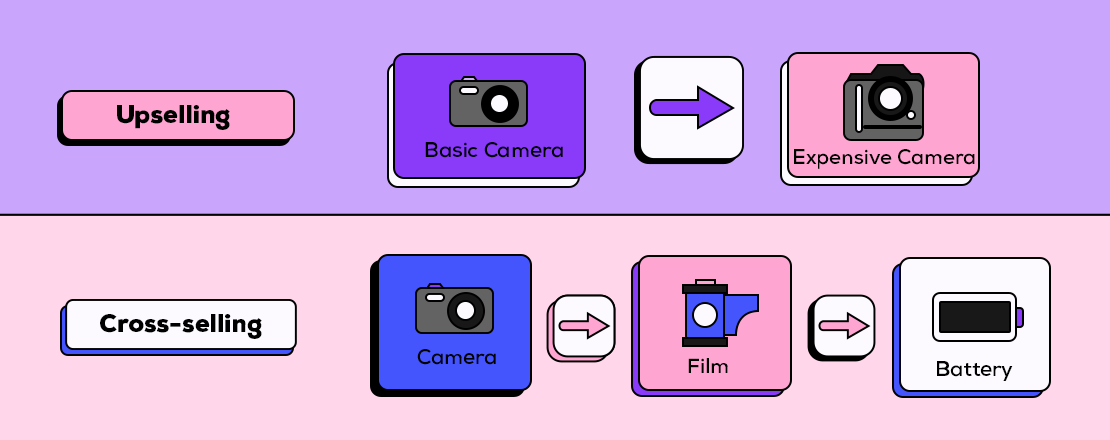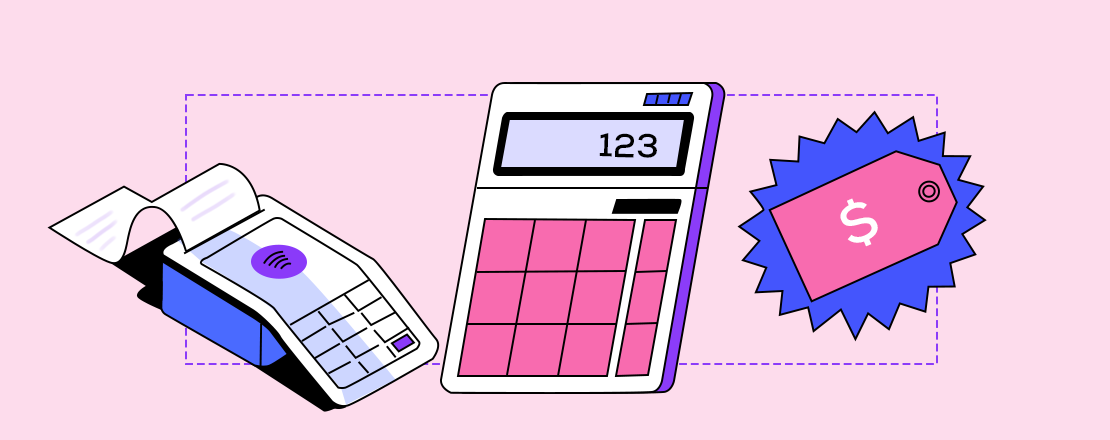The way customers pay is a vital aspect of any ecommerce store, though it is often overlooked. The logistics of how consumers input their payment information doesn’t seem all that important, but reducing friction in this process can make a huge difference. Additionally, giving consumers more options for payment widens the potential customer base.

As a result, businesses are beginning to change how they handle payments. These ecommerce payment trends are going to have a beneficial impact on those that adopt early, and it may leave those that do not in a less competitive position. So, business leaders need to identify and attack trending strategies in order to get ahead and take advantage of better conversion rates.
The 2022 ecommerce payment trends we’ve identified are:
- Omnichannel payment solutions
- Contactless in-store payments
- Digitization of B2B payments
- Flexible payment options and financing
Let’s discuss each and how business owners can adopt them to stay ahead of their competition.
Omnichannel Payment Solutions
Maintaining a consistent payment experience through all sales channels is important in developing a better relationship with consumers. Making it easy to pay whether a customer is on a website, an app, or any other platform keeps as many doors open as possible. Omnichannel payment solutions ensure that consumers can purchase the same way, through the same interface, no matter where they are or what device they are using.
These solutions are easy to adopt simply by reaching out to a payment processor, but the better way to handle it is to partner with a fintech company that offers other features that we will cover on this list. That way, business owners can save time and maximize the value of their investment.
Contactless In-Store Payments
Throughout COVID, businesses were scrambling to update their point of sale (POS) systems to ensure they could accept payment without physical contact. Now that the pandemic has settled down, consumers have gotten used to the convenience of contactless payment methods.
These payment methods include:
- POS systems with a credit card “Tap” function
- QR codes that lead to an online purchase menu
- Digital wallet apps like Apple Pay, Google Pay, and Samsung Pay
By allowing consumers to pay this way, not only can businesses capture those that are looking to avoid physical contact for safety reasons, but they can also help customers that forget their wallets at home. Many of these payment options allow them to use payment info they already have saved to their phone, which can be a lifesaver if they forgot to bring along their cash or card.
Business owners can usually achieve these goals by purchasing a higher-end POS system, working with a fintech that develops online stores that can be reached easily via QR code, or partnering with one that specializes in creating store apps that can act as their own phone wallet.
Digitization of B2B Payments
This may seem like something most businesses have already done, but 40% of B2B payments are still made via paper check. This means that many B2B merchants haven’t modernized their payment systems. While there will always be old-fashioned clients that prefer paper checks, electronic payments are much easier to store, organize, and analyze than hard copies. On top of it all, it reduces the environmental impact and the money spent on consumables like paper, ink, and stamps to send payments.
Digitization of payments can be done easily by developing a website with a payment portal, but again, the best way would be to partner with a fintech that offers an entire suite of payment solutions. The most important being the next on our ecommerce payment trends on this list.
Flexible Payment Options and Financing
Easily the most impactful option on this list is offering flexible payment options in the form of consumer financing. There are a few important options that any modern ecommerce business should offer their customers, including:
- Installment financing
- Store credit cards
- Consumer loans
Consumers appreciate access to these because it allows them to spread out their payments over time, making their purchases easier to afford and plan. This manifests in an average of a 20-30% increase in conversion and a 30-50% increase in average ticket size. That is why businesses benefit so much by adopting them.
This is why partnering with a quality fintech provider makes the most sense when adopting any of the other ecommerce payment trends on this list. By doing so, businesses can adopt many of them, including financing offers, with a single business partnership. This provides not only simplicity, but also advantageous ROI.
Adopt Ecommerce Payment Trends With Skeps
Skeps offers a comprehensive, end-to-end consumer financing platform that helps businesses modernize their entire payment process. We go above and beyond one-click payment, also offering a one-click application process for several different types of consumer financing, including:
- Installment financing
- Store credit cards
- Consumer loans and leases
If you’re looking to partner with a forward-thinking fintech company that will keep consumers' eyes on the purchase while offering best-in-class financing, Skeps is the perfect fit.
Do you have more questions about how to adopt ecommerce payment trends?
Request a demo or contact us at support@skeps.com.















